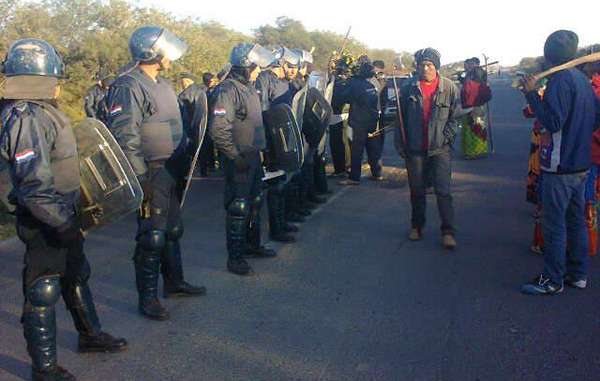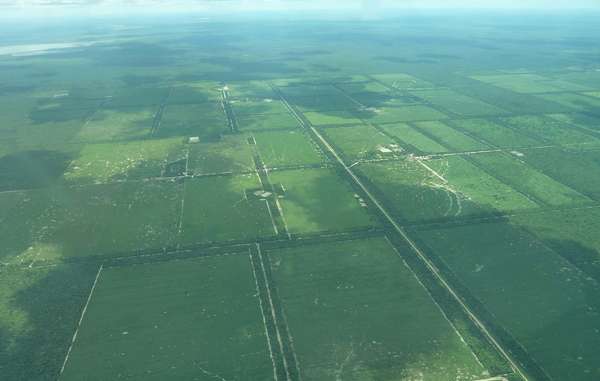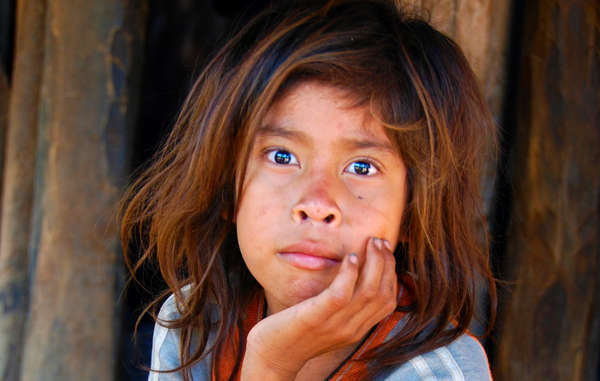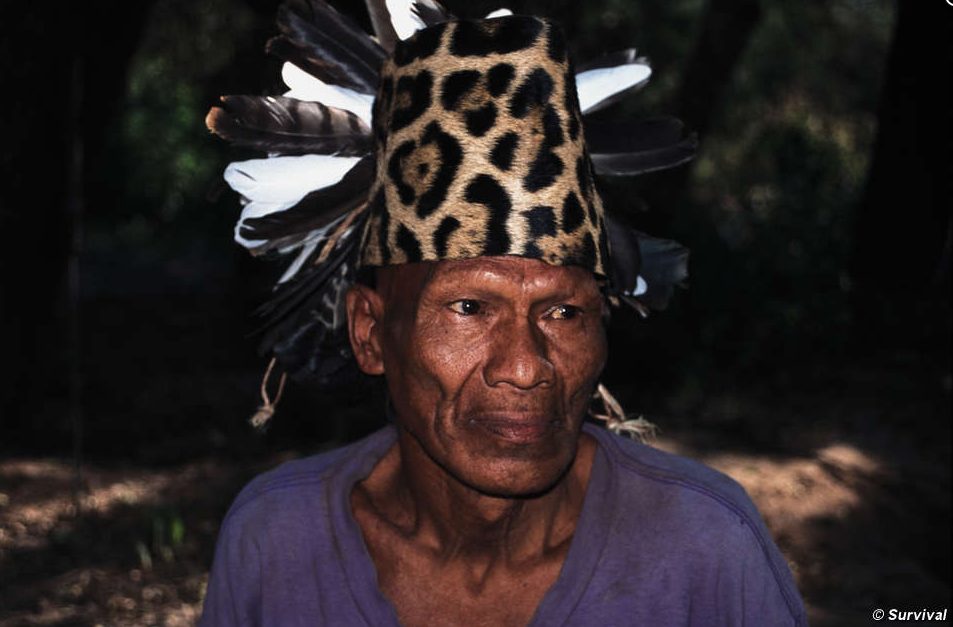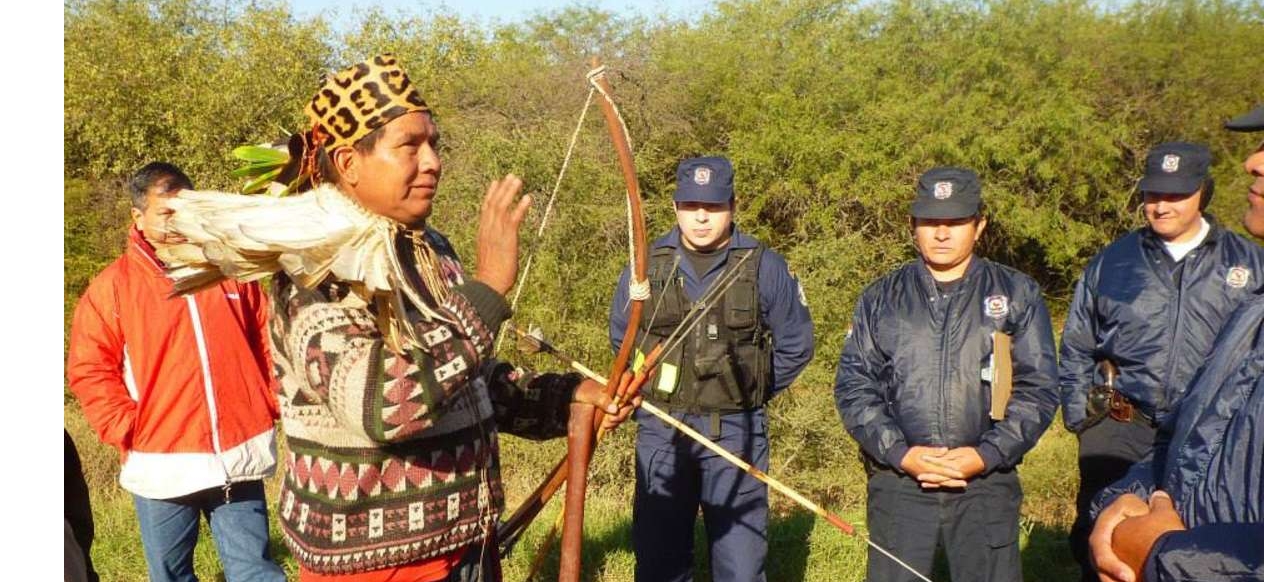
Ayoreo appeal to Inter-American Commission to save their forest from destruction
This article originally appeared in Survival International.
Featured image: The Ayoreo have previously blocked the trans-Chaco Highway to draw attention to government inaction over the destruction of their forest. © GAT/ Survival
The survival of the last uncontacted tribe in South America outside the Amazon is at stake.
Indigenous people living in a South American forest with one of the world’s highest rates of deforestation have appealed to the Inter-American Commission on Human Rights to save it from total destruction. Their uncontacted relatives are fleeing from one corner of the remaining forest to another, seeking refuge from ever-present bulldozers.
The Ayoreo-Totobiegosode of Paraguay’s Chaco forest have been trying since 1993 – when they submitted a formal land claim – to protect their forest in the face of a rapidly expanding agricultural frontier.
In 2013, given a total lack of political will in Paraguay to uphold the law and stop the destruction of their lands, they requested that the Inter-American Commission on Human Rights intervene.
In 2016, at the government’s request, they agreed to enter formal negotiations with the government for their land titles, but for 5 years, and despite 42 meetings, the destruction of their forest has continued unabated. Satellite photos reveal that the Ayoreo now live in an island of forest surrounded by monocultures and beef production.
The Ayoreo have now announced they are pulling out of the negotiations, and have written again to the Inter-American Commission, asking it to order the Paraguayan authorities to finally return their land to them, and expel the agribusiness corporations that have taken it over.
Although most Ayoreo-Totobiegosode were forcibly contacted by American evangelical missionaries some years ago, an unknown number remain uncontacted in the last island of their forest, which is now being cut down around them.
Earlier this year one uncontacted group made contact with a settled community of their relatives, to express their fear at the destruction of their forest refuge, before returning to the forest.
The Ayoreo-Totobiegosode leader Porai Picanerai, who was forcibly contacted by the American New Tribes Mission in 1986, said: “My uncontacted relatives are suffering and in danger because they barely have any space now to live in. There are many outsiders occupying our land and burning the forest for beef production.”
Porai also said: “After having participated in most of the 42 meetings, I can confirm that the government doesn’t keep its word, that it lies and doesn’t want to protect my people or return the lands that we’ve always lived in and cared for. We’ll only get the government to act by going to outside bodies like the Commission.”
Survival Researcher Teresa Mayo said today: “The Ayoreo-Totobiegosode have called a halt to the negotiation process as the government was just dragging it out while allowing the rampant destruction of the Ayoreo’s forest to continue. The state knows that it simply has to do nothing to effectively condemn the uncontacted Ayoreo to death – and if a government sees the solution to its “problem” as the extermination of a people, we’re talking about genocide.”

